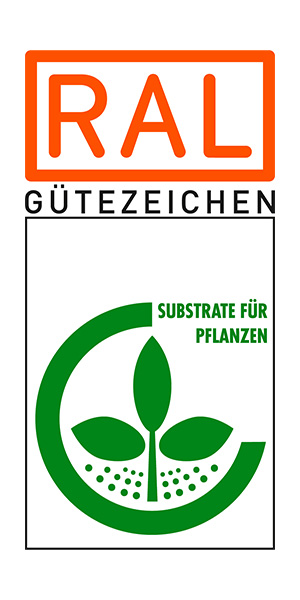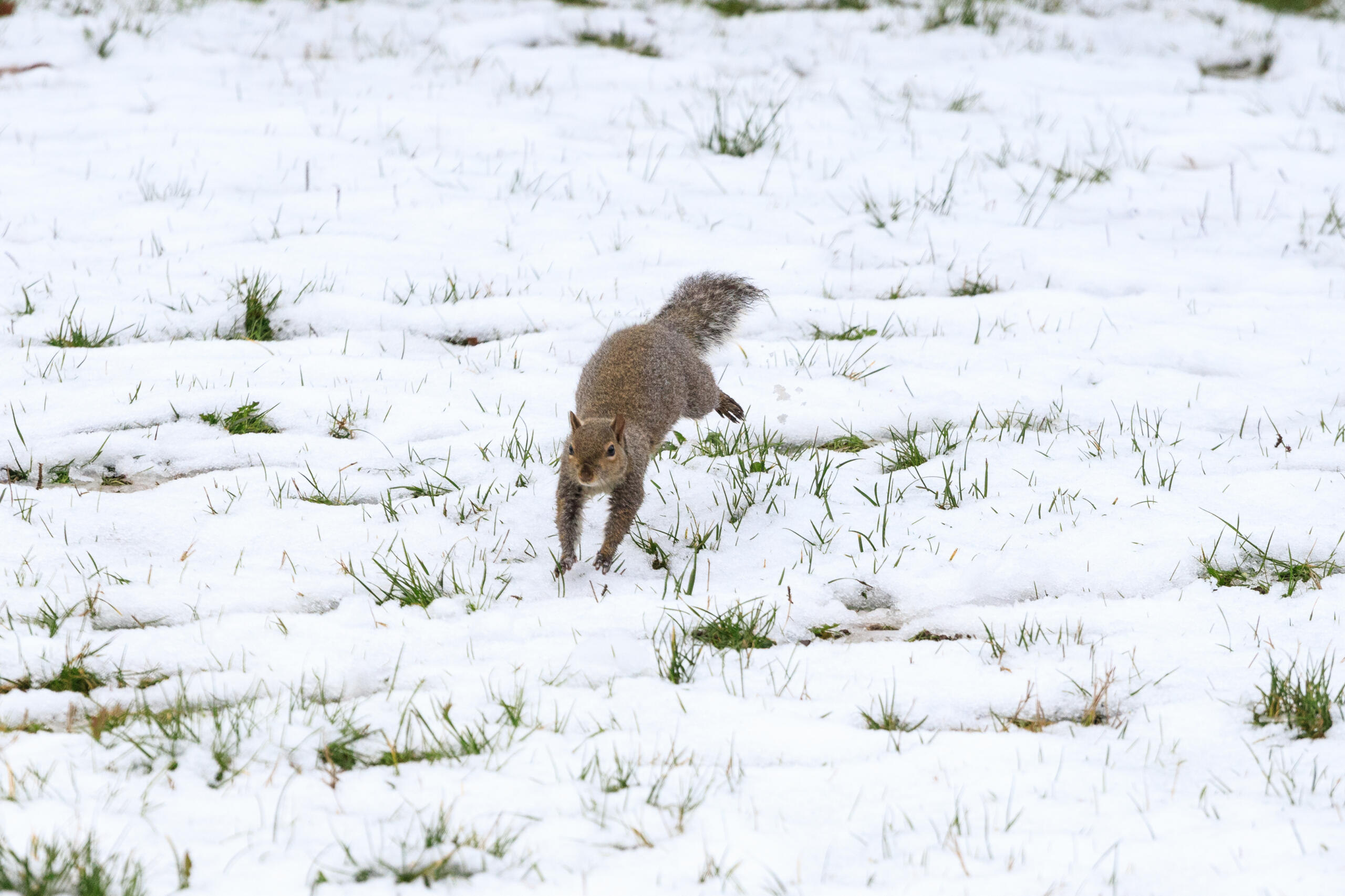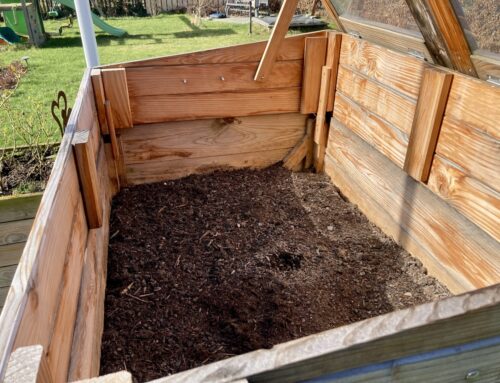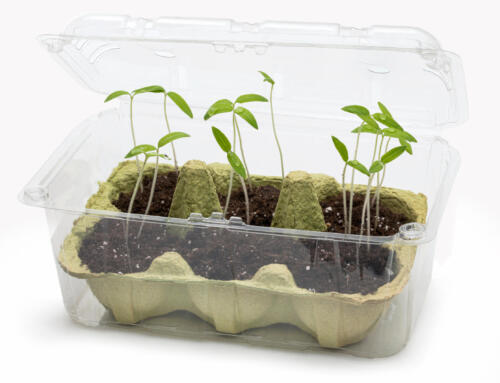Temperatures were generally quite mild in autumn, but not everybody had a chance to get their gardens ready for winter. With temperatures noticeably falling, it’s time now to get the job done and to prepare the garden for the winter! Perennials and some woody plants need to be cut back, and the last summer flowers should be removed. Flower bulbs can be planted till the end of December.
As many beds and borders are bare now, there is the risk of frost damage to some plants over the winter. You can prevent this from happening by covering the soil with a 5 to 7 cm layer of bark mulch. The material can even be mounded up around roses for frost protection. In spring, just rake down and spread the bark mulch. Studies have shown that soil temperatures are more constant underneath a layer of bark mulch. In other words, temperatures are slightly higher in winter and lower in summer than in open spaces. So you not only prepare your garden for winter, but also for summer.
Preparation of the soil is essential
One point to note: make sure the soil is free of weed before applying bark mulch. Bark mulch inhibits the germination of annual weeds. Unfortunately, it does not stop the growth of perennial weeds, but these are easier to remove because the roots are less firmly established in the layer of mulch. To prevent potential nitrogen deficiency in shallow rooted plants, we recommend that you work in some horn shavings (40 to 80 g/square metre), which will slowly release nitrogen.
Bark mulch protects your garden all over the year
We all know long periods of seemingly endless rain through winter and spring. In open spaces, the raindrops hit the ground directly. During heavy rainfalls, the water cannot seep away into the ground quickly enough and runs off, especially if beds and borders slope. This results in soil silting and later erosion. Bark mulch protects the ground from the impact of the raindrops. The loose material ensures that the rainwater reaches the soil slowly and has sufficient time to seep in. In summer, the loose layer of mulch prevents the moisture from evaporating from the soil during longer dry periods. In other words, supply of water is secured for longer periods of time, saving you time – and money – watering your plants.
As you can see, there is much to be said for covering your beds and borders with bark mulch now. However, make sure to look for quality! The RAL Substrates for Plants quality mark offers valuable guidance. Quality-certified bark mulch is subject to regular inspections as regards particle size, woody parts and constituents. Bark mulch is available in different particle sizes – fine, medium and coarse. In medium and coarse bark mulch, fine material of less than 10 mm has been sieved off so that the mulch cover will retain its effect longer.
Make use of bark mulch to add an eco-friendly and decorative touch to your garden!







